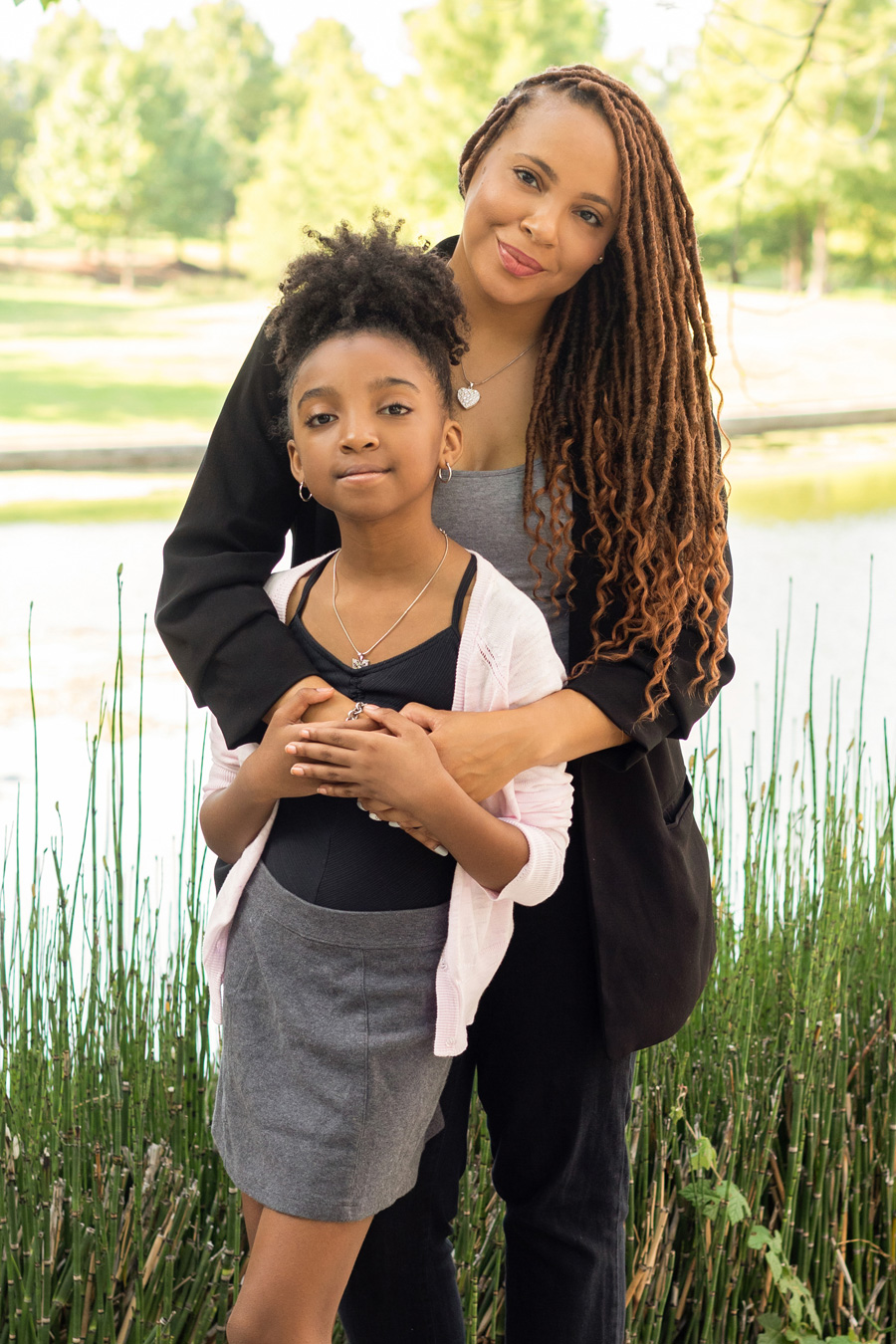Making a difference in the lives of young people has always been a calling for Wallace. For most of her professional career, that has meant applying her UNT bachelor's degree in psychology and minor in rehabilitation studies in the classroom. What she didn't count on was how her passion for helping others would bring her into the dance world.
For more than a decade, she has worked as a gifted and talented teacher in Dallas ISD. As the district's Science, Technology, Engineering, Arts and Math (STEAM) program coordinator, Wallace launches makerspaces in Dallas schools and designs a curriculum to introduce elementary schoolers to robotics, coding, design thinking and more.
"Getting children to think about who they are designing for when they are making something is amazing," Wallace says. "It makes them more considerate as kids and later as adults."
